India’s capital, New Delhi, lies on the Indo-Gangetic Plain, within the National Capital Territory of Delhi. Made up of the ancient walled city of Old Delhi and the more modern sector, New Delhi, the city encompasses a staggering array of beautiful buildings, including three UNESCO World Heritage Sites – the grand, sandstone Red Fort, striking Qutab Minar, and fascinating Humayun's Tomb. Architecture enthusiasts will delight in the iconic Lotus Temple. Hear ‘qawwalis’ (devotional music) at the dargah (tomb) of the Sufi saint Nizam-ud-din Auliya; or wander through the 17th century Chandni Chowk marketplace – still one of the city’s most popular retail centres today, famous for its traditional jewellery and saris. The gorgeous Sunder Nursery and Lodi Garden provide calm, flower-filled oases for picnicking.

As previously described
Set on the banks of the Yamuna River in Uttar Pradesh, Agra is a beautiful city famous for its incredible Taj Mahal building, one of the seven wonders of the world. Commissioned by the Mughal emperor Shah Jahan in the 15th century as a memorial to his beloved wife Mumtaz Mahal, this is an architectural masterpiece of exquisite craftsmanship and perfect proportions. The city boasts numerous other superb attractions, including the red-hued sandstone Agra Fort, built in the 16th century; the Shahi Jama Masjid mosque, a 17th-century congregational mosque located in the historic core of Agra, and Itmad-ud-Daulah’s tomb, with its white marble facade embellished with intricate inlaid designs, also called the' Baby Taj'.



Located southwest of Kanpur, Khajuraho is considered one of India’s seven wonders and is listed as a UNESCO world heritage site. The city encompasses the nation’s largest array of medieval Hindu and Jain temples, decorated with intricately detailed erotic sculptures and reliefs. The site incorporates close to 100 sacred structures, some of them exquisitely preserved, and each evening, a light and sound show is staged here, covering the history, philosophy and craftsmanship encapsulated in this archaeological goldmine. Other highlights include the vibrant Annual Dance Festival of Khajuraho; the Panna National Park, home to leopards; the Arhanta Yoga Ashram, where visitors can take classical Hatha yoga classes. The city also boasts a wide variety of wonderful shops, markets and restaurants.
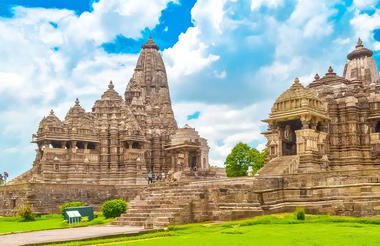
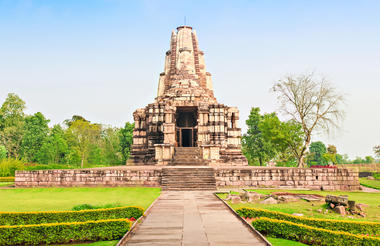
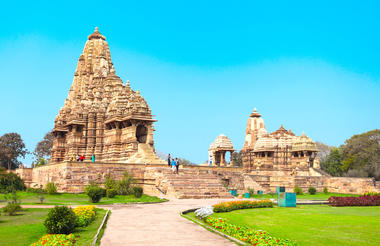
Also known as the Panna Tiger Reserve, the Panna National Park, in the central Indian state of Madhya Pradesh, is an impressive 550-square-kilometer expanse of wilderness characterised by high plateaus, plunging gorges, vast teak forests, and rolling savannah grasslands. From peaceful boat rides watching crocodiles along the banks of the Ken River, to catching glimpses of tigers, leopards and sloth bears on jeep safari, Panna offers wildlife enthusiasts many exciting opportunities. Aside from the park’s famous big cats, visitors can look forward to spotting an array of exotic wildlife species including antelope, deer, monkey, wild dog, hyena, jackal, sloth bear, otter, and over 300 species of birds. Don’t miss the impressive Dhundwa Falls, situated on the Hinouta Plateau, and the Pandava Falls, which feature some remarkable ancient caves.
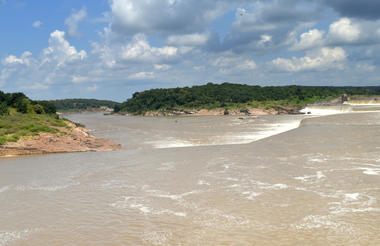
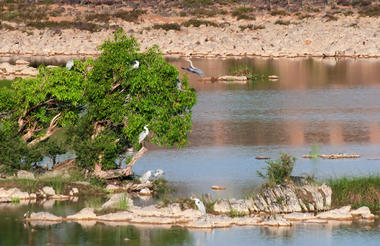
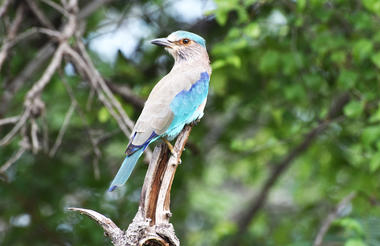
As previously described
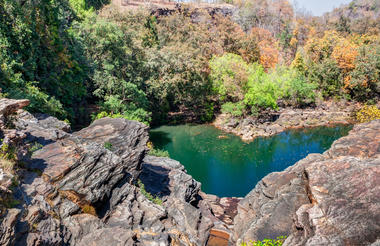
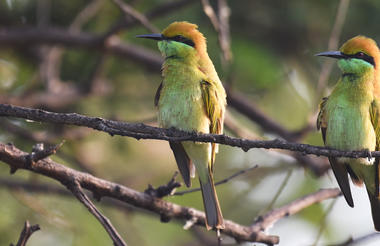
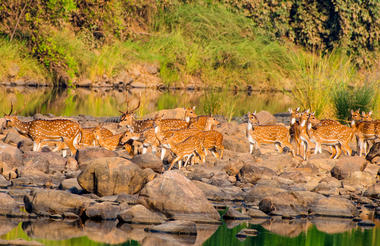
Tucked between towering trees, rocky terrain and agricultural landscapes lies Tala; a small village. A tranquil and awe-inspiring oasis, Tala is ideal for travellers wanting to explore the diverse aspects of Madhya Pradesh and its surroundings. Visitors can look forward to enjoying an array of exciting attractions, which include the fascinating Bandhavgarh Hill; the historical Bandhavgarh Fort; and the magnificent Bandhavgarh National Park, a vast biodiverse area famously known for its high population of royal Bengal tiger, white tiger and leopard. Don’t miss out on a chance to meander through and admire the excellent collection of beautiful wildlife photography at the Baghel Museum.
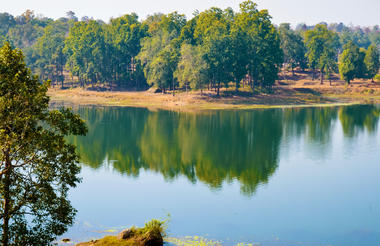
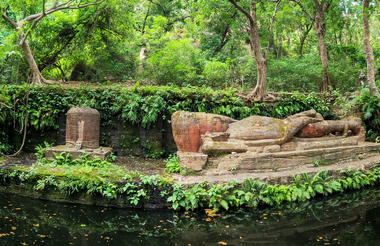
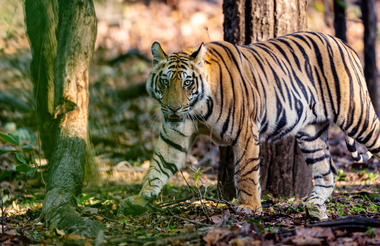
As previously described
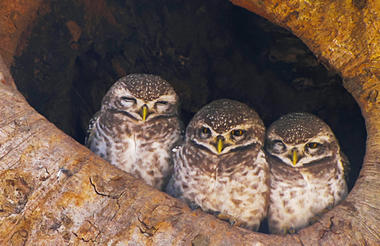
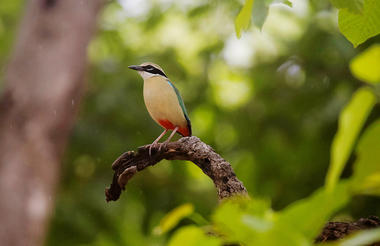

As previously described




